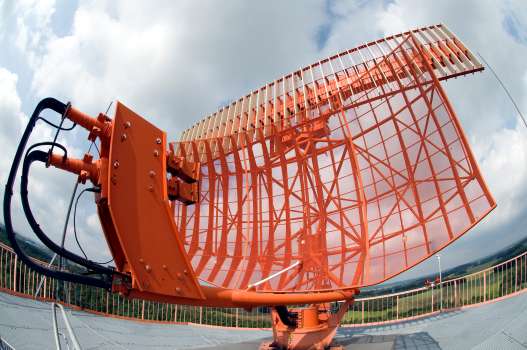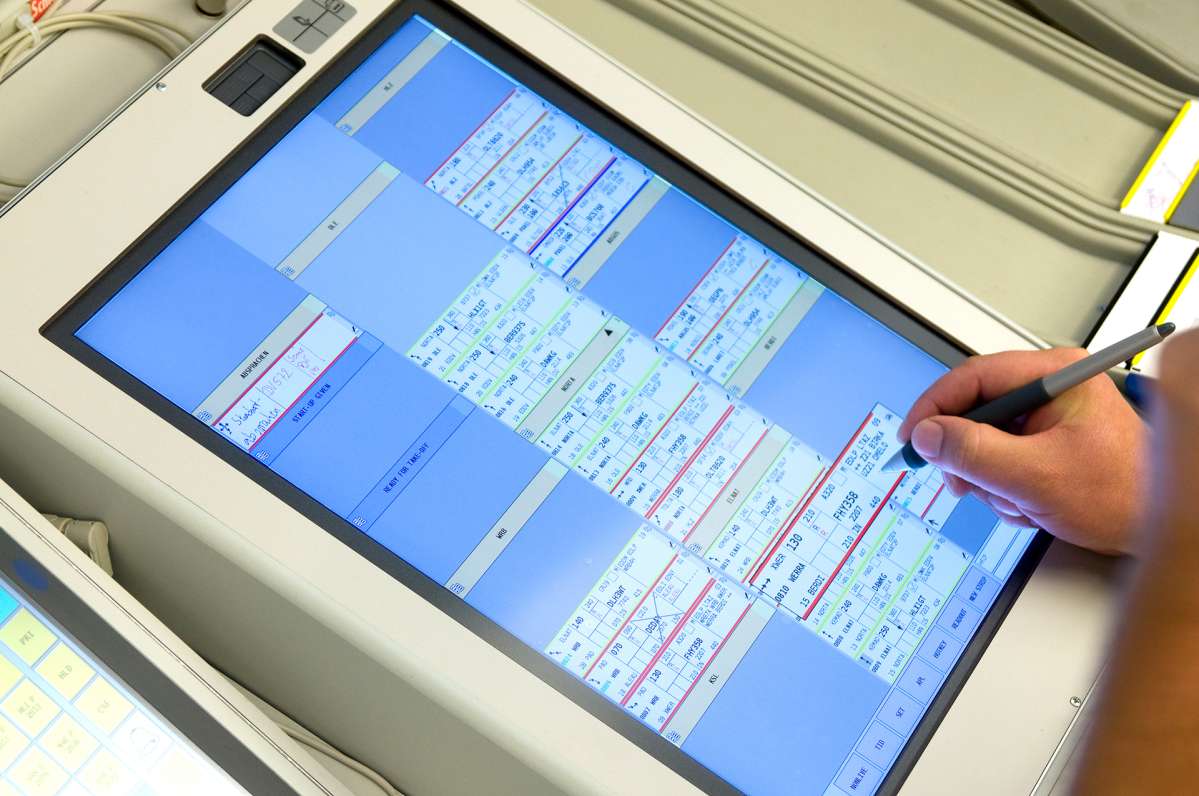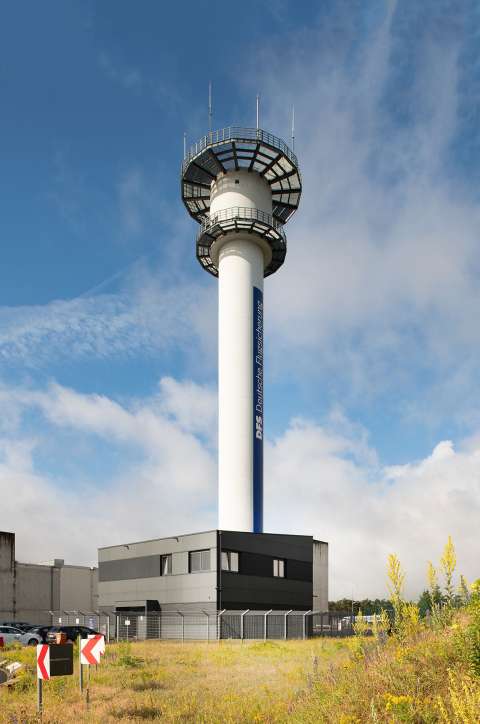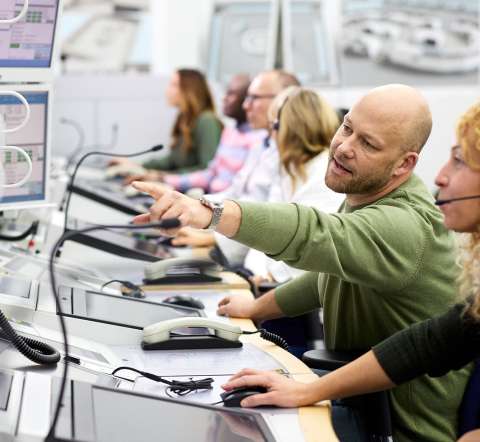Navigation, surveillance, communications

Navigation, surveillance and communications: These three technologies are basic requirements for modern air transport. Pilots must be able to reliably find their way (navigation), air traffic control must be able to track this flight path at all times (surveillance), and pilots and air traffic controllers must be able to communicate with each other by radio or data transmission (communications). Radio beacons, radar equipment, transmitters – to name just three examples of possible technologies – guarantee safe flight from A to B. DFS maintains the necessary infrastructure throughout Germany. Our technicians also ensure that all equipment indispensable for air traffic control is always ready for use and up to the latest technological standards.





